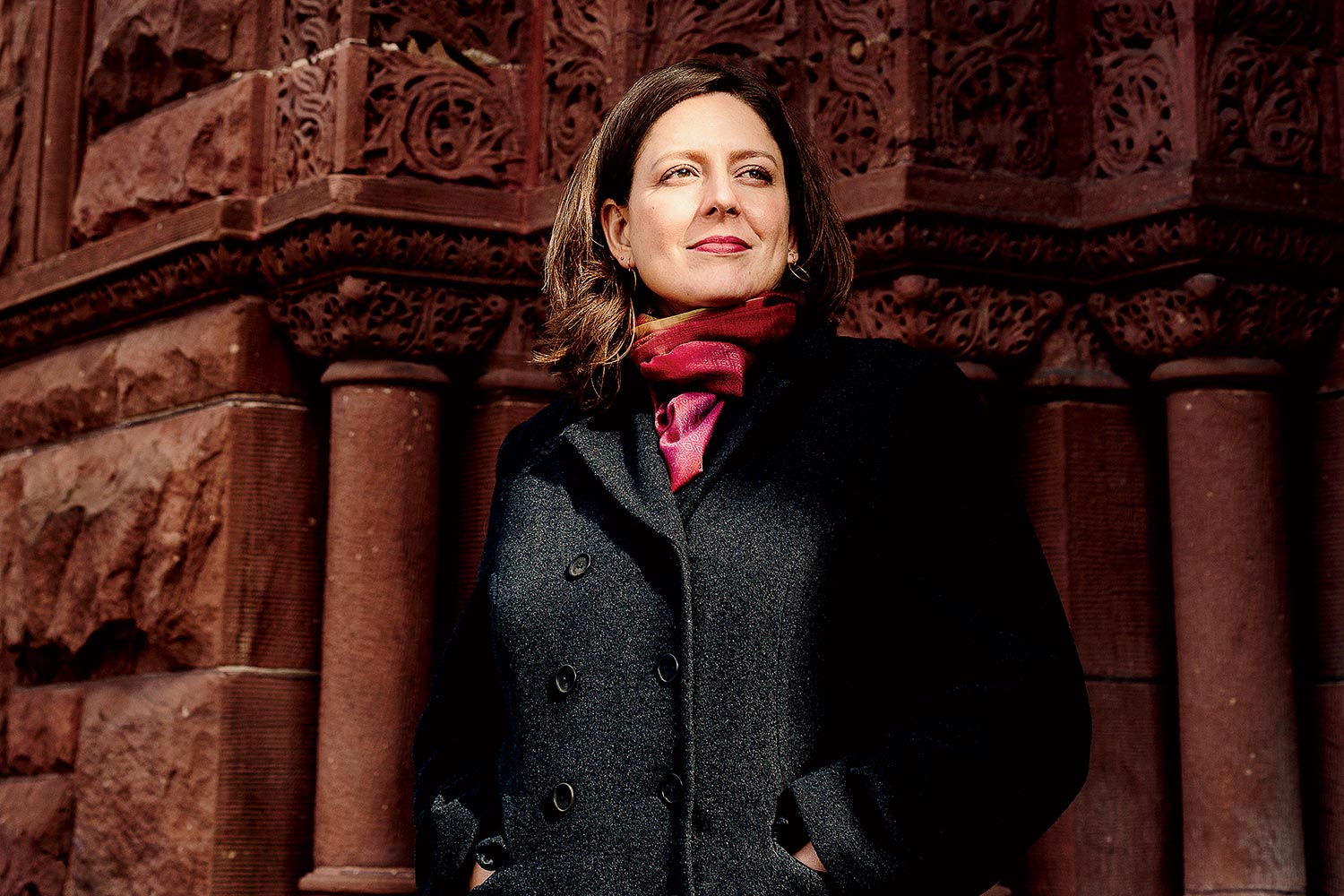You were the first archaeologist to officially dig at the site of the World’s Columbian Exposition of 1893. How do you feel about the Obama Presidential Center being built there?
I’m super excited that Chicago is going to have the center. I just don’t know if Jackson Park is the right place for it. I would love to do more excavating before it’s built, to find out what’s there before it’s destroyed by construction. When the Olympics was being discussed as having some events in Jackson Park, I thought, Oh God! I wanna get in before they do, because there’s still stuff there!
Preservationists have brought you in to assess the historic value of the site. What could be lost?
It’s hard to be super specific; you never know what sort of understanding you can get archaeologically. But we do know there were important structures there, like the Woman’s Building and a little bit of the Transportation Building, which was by Louis Sullivan. That’s a really important moment in American archaeological history.
How do the objects you find fill gaps in the city’s story?
There are a lot of people whose diaries aren’t in the Chicago History Museum: working-class people, women, people of color. The way we learn more about them is often through their archaeological record, by finding accounts that challenge the dominant narrative of what life was like in Chicago. So there’s a reason to do archaeology beyond finding stuff.
What’s the coolest thing you’ve found in Jackson Park?
Remnants of one of the state-themed buildings — the Ohio Building. If you were visiting the fair from Ohio, you might go there to relax, check the ledger, see if any of your neighbors were in town. After the fair, part of it was thrown into a ditch and buried. Plaster isn’t supposed to last 125 years underground, but with all the columns, it looked like we were doing an excavation in ancient Greece. There were also bits of artifacts from the building: broken plates, pretty little cruet tops from oil or vinegar, buttons — all sorts of odds and ends.
You have a personal connection to the fair.
My great-grandfather was a Russian immigrant, and he got a job digging ditches on the Midway as a laborer, doing the same kind of thing I do — moving dirt.



